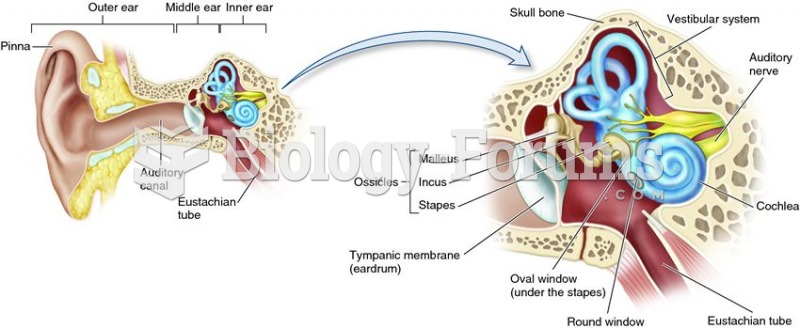Answer to Question 1
Sociologist Dennis Gilbert uses a model of social classes based on three elements: (1)
education, (2) occupation of family head, and (3) family income. H e identified six
different categories. The upper (capitalist) classwhich is the wealthiest and most
powerful in the United Statesincludes about one percent of the population whose
members own substantial income-producing assets and operate on both the national
and international levels. The upper-middle classpersons in this class are often highly
educated professionals who have built careers as physicians, attorneys, etc. About 14
percent of the population is in this category. A combination of three factors qualifies
people for the upper-middle class: university degrees, authority and independence on
the job, and high income. Of all the class categories, the upper-middle class is the one
that is most shaped by formal education. In the middle class of today, two-year and
four-year college degrees are necessary for entry-level requirement for employment
in many middle-class occupations, including medical technicians, nurses, etc. An
estimated 30 percent of the population is in this category. The working class is an
estimated 30 percent of the population. The core of this class is made up of
semiskilled machine operators who work in factories and elsewhere. Working class
families not only earn less than middle-class families, but they also have less financial
security, particularly because of high rates of layoffs and plant closings. Few people in
this class have more than a high school diploma, and many have less, which makes job
opportunities scarce for them in a high-tech society. The working poor account for
about 20 percent of the population.
Members of this class live from just above to just below the poverty line; they
typically hold unskilled jobs, seasonal migrant jobs in agriculture, lower-paid factory
jobs, and service jobs (such as counter help at restaurants). Employed single mothers
often belong to this class. For this category, living from paycheck to paycheck makes
it impossible to save money for emergencies. The underclasspeople in this category
are poor, seldom employed, and caught in long-term deprivation that results from low
levels of education and income and high rates of unemployment. Single mothers are
overrepresented in this class because of the lack of jobs, the lack of affordable child
care, and many other impediments to the mother's future and that of her children.
About 5 percent of the population is in this category.
Answer to Question 2
Social epidemiology is the study of causes and distribution of health, disease, and
impairment throughout a population. Typically, the three targeted areas for investigation
are disease agents, the environment, and the human host. Disease agents include
biological agents such as insects, bacteria, and viruses that carry or cause disease
nutrient agents such as fats and carbohydrates chemical agents such as gases and
pollutants in the air and physical agents such as temperature, humidity, and radiation.
The environment includes the physical (geography and climate), biological (presence or
absence of known disease agents), and social (socioeconomic status, occupation, and
location of home) environments. The human host takes into account demographic
factors (age, sex, and race/ethnicity), physical condition, habits and customs, and
lifestyle.







